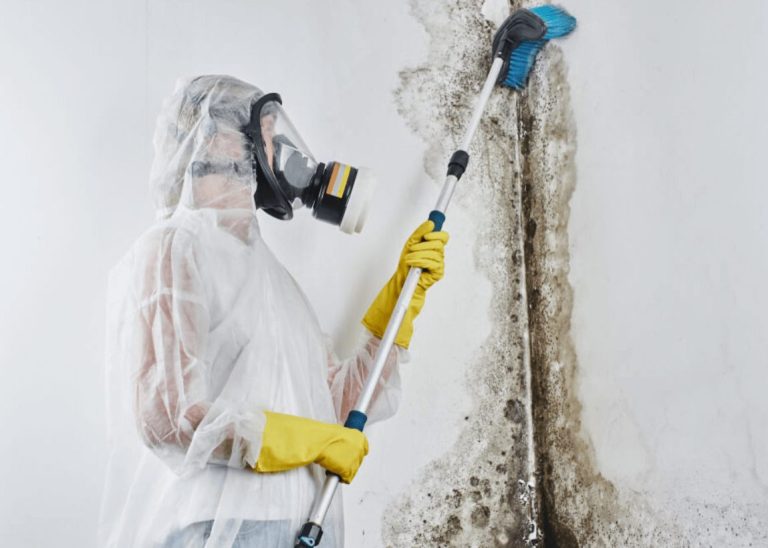Choosing the Right Roof: Longevity, Protection, and What Most Homes Are Missing
Understanding Roof Longevity
When it comes to choosing a roof for your home, longevity is a critical consideration. This decision can impact not just the aesthetic appeal of your house, but also its overall value. Surprisingly, a significant portion of homes in America, about 75%, have asphalt shingle roofs, according to Roofer’s Guild. Homeowners might opt for asphalt due to their relatively lower upfront cost, but is that the wisest choice when considering durability? Exploring how long different roofing materials last can provide invaluable insights for homeowners looking to make a sound investment.
Materials like metal can boast a dramatically longer lifespan compared to traditional asphalt. According to This Old House, metal roofs can endure for as long as 70 years, outlasting many other types. This remarkable longevity means that once you install a metal roof, you might never have to worry about replacing it again. This not only offers peace of mind but also could potentially save you significant costs in future repairs and replacements. As a homeowner looking for sustainability and value, metal roofs stand out as a wise consideration.
While the initial cost of a metal roof may be higher than asphalt, the long-term savings can be substantial. Not having to replace a roof over many decades or deal with frequent repairs can sway many homeowners towards this durable option. Additionally, in the eco-conscious world we live in today, materials like metal are often more environmentally friendly and can be recycled at the end of their lifespan. Homeowners looking to minimize their ecological footprint might find metal to be an appealing choice. Understanding the long-term financial and environmental benefits can be pivotal for homeowners making this critical decision.
Protection Against the Elements
For any homeowner, the primary function of a roof is protection from the elements. Nothing can compromise a home’s security more quickly than a roof unable to withstand harsh weather conditions. Hail damage is a notorious threat, and Policy Genius notes it as one of the leading causes of property damage in the U.S. This highlights the importance of selecting a roofing material that can withstand such challenges effectively. The choice between different roofing materials can hence significantly impact a home’s vulnerability to the destructive impacts of nature.
Metal roofs, for instance, are often lauded for their superior resistance to severe weather. Unlike asphalt shingles, which might suffer from cracks or loss of granules, metal roofs tend to withstand hail impacts much better. This characteristic can be vital for homes in areas prone to such harsh weather conditions. Furthermore, the enhanced wind resistance of metal roofs can offer substantial protection during storms. Opting for such a resilient material may seem costlier initially but can safeguard your home from frequent and expensive repairs down the line.
Roof protection isn’t just about materials—it’s also about proper maintenance and installation. No matter how durable a roofing material is, if it’s improperly installed, it won’t provide the reliable protection anticipated. Homeowners should ensure they’re working with reputable contractors who have the expertise to install the selected roofing type correctly. Additionally, regular inspections and maintenance can help spot potential issues before they develop into costly problems. By focusing on both material choice and maintenance, homeowners can ensure their roof offers robust protection over the years.
What Most Homes Are Missing
Despite advancements in roofing materials and technologies, many homes lack essential features that could enhance their performance and longevity. For instance, effective insulation and ventilation are often overlooked in the roofing process. Insulation impacts energy efficiency, keeping homes cooler in hot months and warmer when it’s cold. Combining the right insulation methods with energy-efficient roofs can greatly reduce energy consumption and costs. Unfortunately, many homeowners don’t realize the importance of these elements until they’ve already missed the opportunity to incorporate them.
Ventilation is another critical yet frequently missing aspect in many roofing designs. Without proper airflow, moisture can accumulate under the roof, leading to a range of problems such as mold, rot, and increased indoor humidity. Homeowners who ensure good ventilation systems are integrated into their roofing designs can effectively deter these problems.

